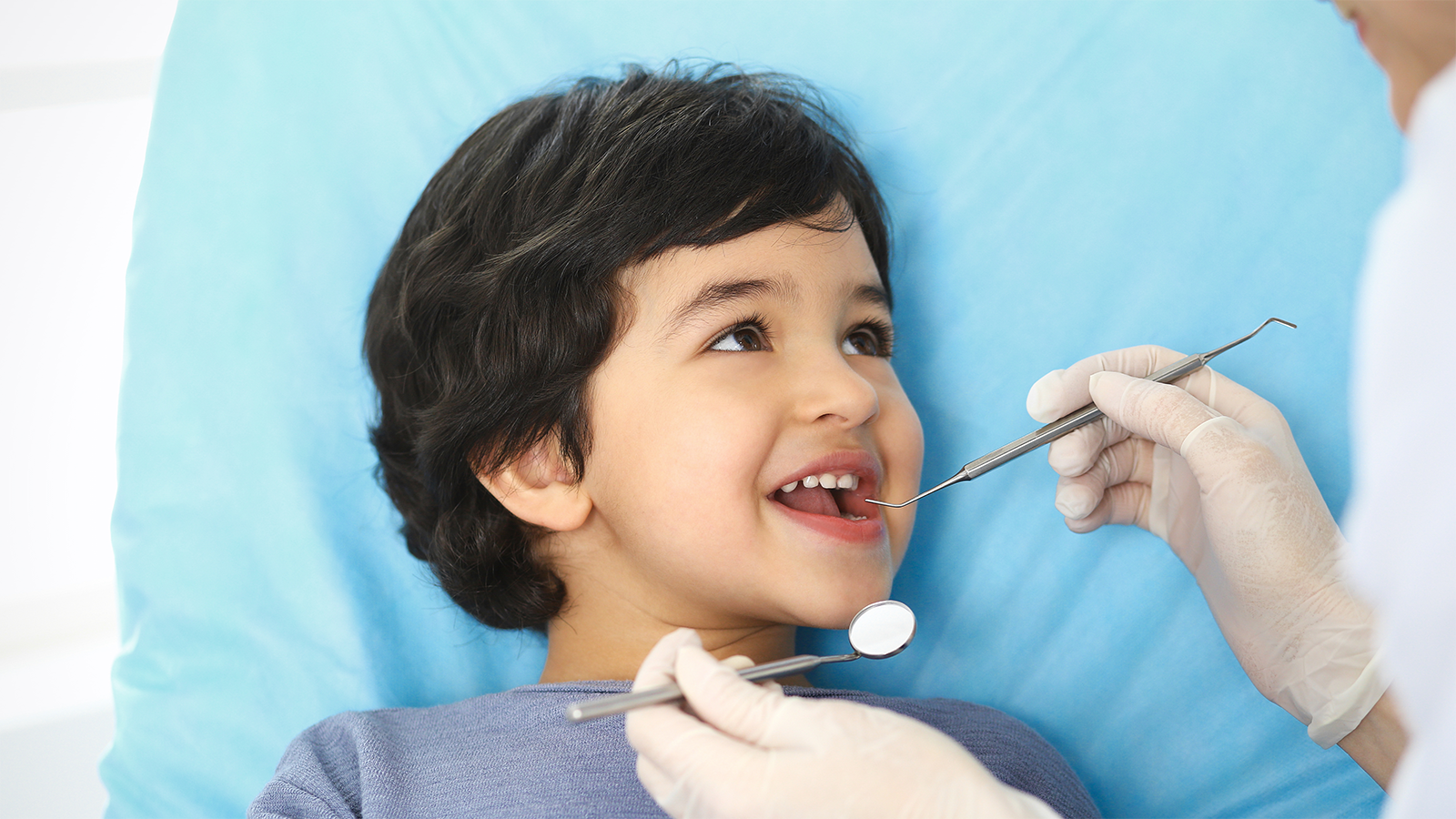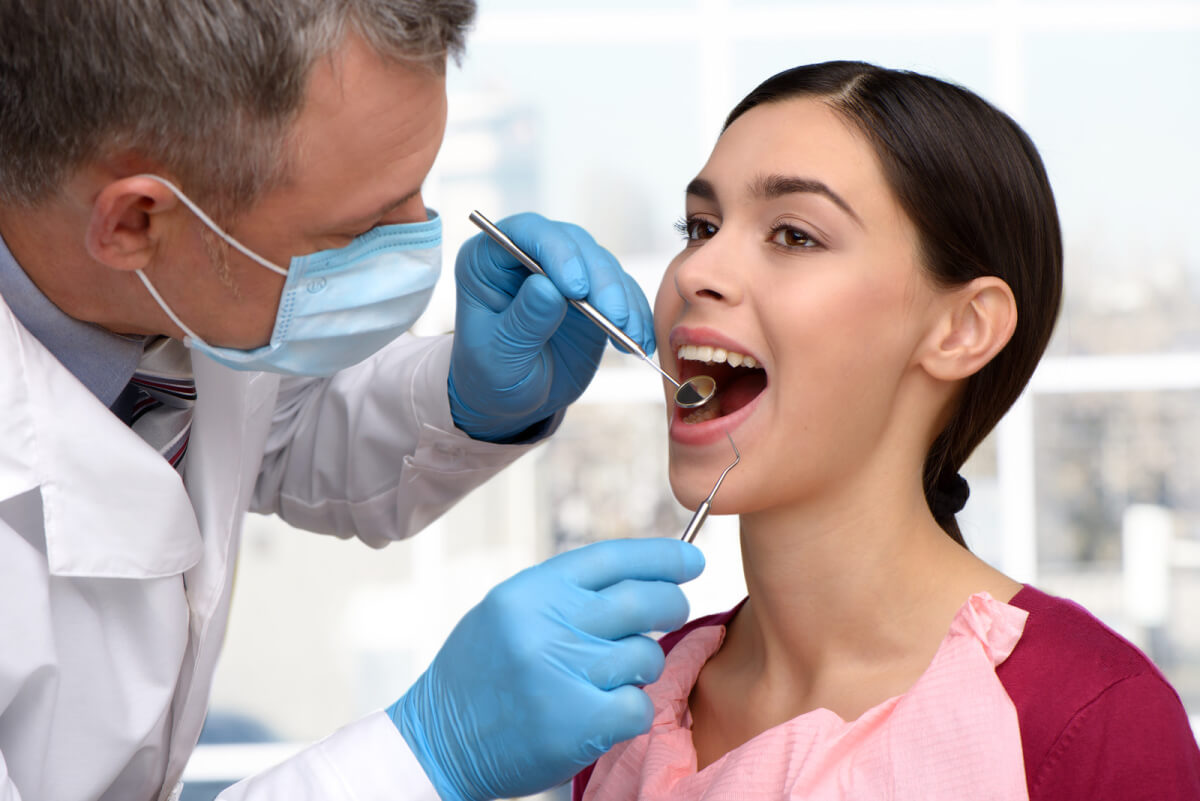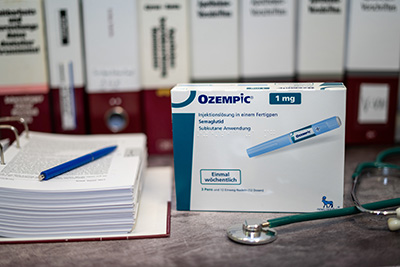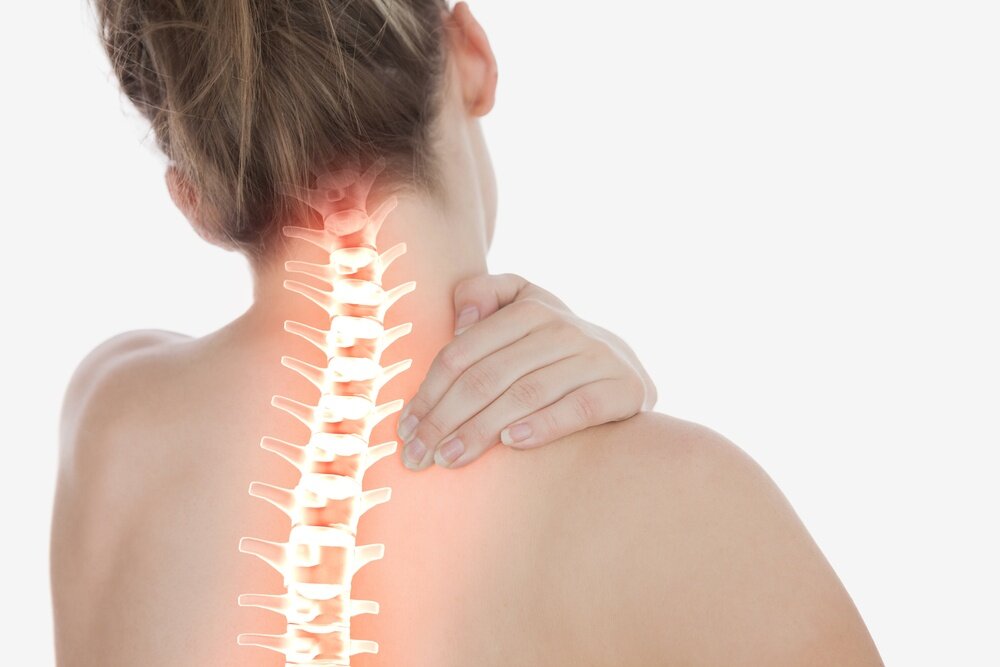“Your oral hygiene can actually have a serious impact on your overall health. Gum disease, as an example, has been linked to several other health issues, like heart conditions, stroke, diabetes, preterm labor, and even Alzheimer’s.” Says Dr. Urvi Shah who is one of the best dentist in Mulund.
That’s why it is so important to take good care of your teeth. There are many other things to a sparkling smile than simply brushing and flossing. Simply brushing and flossing on schedule, and visiting your dentist on a daily basis, won’t help. But with these 9 simple steps, you’ll help improve your dental hygiene and the rest of your health. These tips are shared by Dr. Jyotsna who is one of the best pediatric dentist in Andheri.
Table of Contents
1. Wait Before You Brush

Do you also have a habit of starting your morning off with a glass of orange juice? If yes, then you must start brushing for a short time afterward. According to the dentists, acidic foods and drinks with a low pH temporarily soften the enamel of the teeth. If you immediately follow up with brushing, the action could remove a layer of the enamel, making your teeth more vulnerable to decay over time.
2. Switch To A Soft-Bristled Brush

You likely already know you should change your toothbrush every two to 3 months (or sooner if the bristles are frayed), but if you’re using a hard brush, consider replacing it now. Medium- and firm-bristled toothbrushes may leave your teeth feeling cleaner, but they will be very abrasive—and damaging over time. Most people would be okay with a softbristled toothbrush & there’s no need to brush too vigorously, either. It’s not good for your teeth or gums. Instead, use a mild amount of pressure; tilting the brush at a 45-degree angle against the gum line; and brushing in a short, circular motion.
3. Start by Brushing in the Back
This good habit may mean that you simply do a far better job cleaning those hard-to-reach spots—which is important because all of these nooks and crannies in your molars make them more vulnerable to gum disease and cavities. Beginning your brushing routine within the rear (at least sometimes) may be a great way to offer the rear of your mouth the attention it deserves.

4. Add Mouthwash and Gum to Your Routine

If you’re doing twice-a-day brushing and flossing, you’ll feel that’s ok. But using an antimicrobial mouthwash will help to kill more oral bacteria, helping to fight plaque. After you sweep and floss, swish vigorously for 30 seconds twice every day. Another recommendation is to chew gum. Sugar-free chewing gum can actually help reduce the number of harmful bacteria in your mouth, and it stimulates salivary flow, which bathes the teeth with calcium and phosphate ions that help replenish enamel.
5. Don’t Brush Too Often

Brushing too often can damage your gums and therefore the enamel on your teeth, and due to that, twice each day is enough. What you’ll do after every meal and snack is rinse with plain water. Do some vigorous swishing, forcing the water in between the teeth to remove any food particles.
6. Avoid Over Sipping Sugary Drinks

While you ought to limit the quantity of sugary drinks in your diet, if you’re getting to have a beverage like soda, sweet tea, or coffee with sugar and cream, it’s better to possess it all directly, instead of sipping it throughout the day. Once you constantly expose your mouth to sugar, certain bacteria use that sugar as a food source and metabolizes it into carboxylic acid. The carboxylic acid starts to dissolve the minerals in your teeth and that’s how cavities are formed.
7. Eat Teeth-whitening Foods

It’s true: Some foods can actually help keep your teeth white. Raw, coarse, fibrous foods—such as celery, cucumbers, apples, pears, carrots, and lettuce—help scrub tooth surfaces and take away a number of the plaque that’s accumulated, which may make teeth appear yellow. Also, these crunchy foods require more chewing time & they also stimulate saliva, which helps neutralize acids that will erode your teeth.
8. Wash Your Toothbrush Holder

It doesn’t just hold your brush—it also contains many of the germs that occupy your bathroom. A study found that toothbrush holders are the third germiest household item (your dish sponge and sink take the primary and second spots). So run it through the dishwasher, or wash it in hot, soapy water, then use a disinfecting wipe, once or twice every week.
9. Snap a Video Selfie

It may sound a bit silly, but filming your toothbrushing sessions could help improve your technique, consistent with research published within the Indian Journal of Dental Research. After study participants recorded themselves brushing their teeth to determine a baseline, they got demonstrations and pointers until they achieved the right technique. For the next two-week, they used their smartphones, propped on a stand, to record themselves while brushing.
At the top of the study, researchers found that though people brushed for an equivalent amount of time as before, they did increase both the accuracy and number of brush strokes, improving their toothbrushing skills overall.











